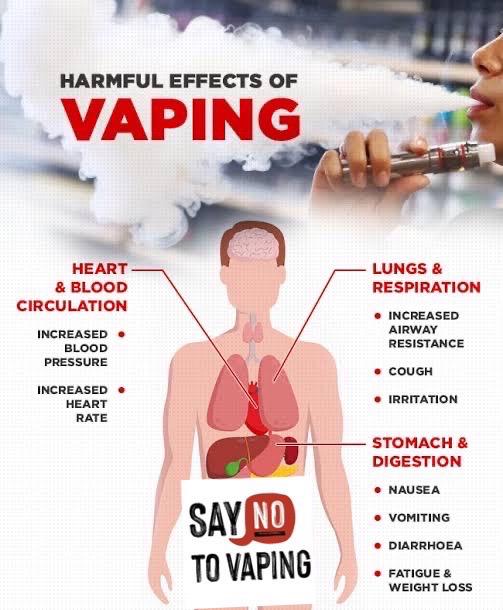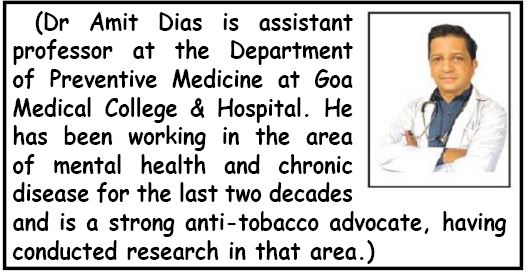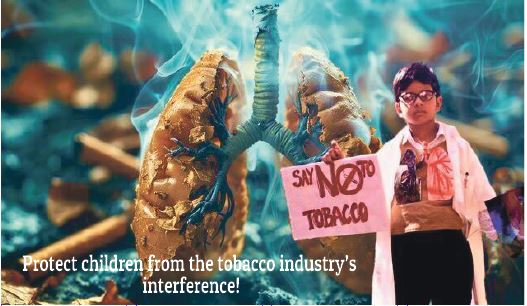TODAY, May 31 is “World No Tobacco Day” and we seize this opportunity to throw light on the burning issue of tobacco and its harmful effects. “The Tobacco Industry will do anything to survive,” says Dr Dias “We too need to do anything and everything to survive — say NO to Tobacco.” Read this life-saving interview and don’t let your life go up in smoke.
An interview with Dr Amit Dias
Goan Observer: Doctor, why we observe World No Tobacco Day (WNTD)?
Dr Amit Dias: The World Health Organisation first initiated “World No Tobacco Day” on May 31, 1987 and we now observe it annually. The day is dedicated to creating awareness about the health risks associated with tobacco use and advocating efficient policies to decrease tobacco consumption.
Q: What is the theme for WNTD this year?
A: The theme for WNTD this year is “protecting children from tobacco industry interference.” It’s very important that we understand this focus and counter the evil designs of those who are promoting death. Our youth are being targeted through surrogate marketing.
Q: Can you elaborate further- why do you think our youth are being targeted?
A: Let’s look at the statistics — according to the WHO, in 2022 alone, worldwide, at least 37 million young people aged 13–15 years used some form of tobacco. In the WHO European Region, 11.5% of boys and 10.1% of girls aged 13–15 years are tobacco users (4 million). In India, we have the problem of consumption of smoked and smokeless tobacco which are both injurious to health.
Even in our state of Goa we see a lot of young children consuming ghutka. While the youth are generally aware of the harmful effects of cigarette or tobacco smoking, those who consume ghutka are often unaware of the danger.
The tobacco industry with their PR agencies often use youth icons and famous sportsmen and film stars who are happy to market death to their fans and people who love and support them. You know who I am talking about.
Q: We have heard this several times, but for our readers could you please explain the harmful effects of tobacco use?
A: Tobacco use has a multitude of harmful effects on the body. It can cause a variety of health issues such as lung cancer, heart disease, respiratory diseases and generally speaking a weakened immune system. Smoking also affects not only the person smoking but those around them through second-hand smoke exposure. We also have the phenomenon of third hand smoke.
Q: How is the tobacco industry targeting people to use their products?
A: The tobacco industry has a long history of targeted marketing strategies to attract new users and keep current users hooked. They first targeted men, then women, and now the youth. They often use appealing packaging, flavours and sponsorships to make smoking look glamorous or cool, especially targeting vulnerable sections of society like young adolescents and young men. Vaping is yet another strategy to target the youth.
Q: What exactly is vaping, and is it a safer alternative to smoking cigarettes?
A: Vaping is the act of inhaling and exhaling aerosol, often referred to as vapour, produced by an e-cigarette or similar device. It’s wrongly marketed as a safer alternative to smoking, but it’s important to note that vaping still poses health risks. Though banned, we still have youngsters in Goa who are caught vaping. There are various harmful chemicals that can be found in e-cigarette liquids.

Q: How many harmful chemicals are present in a cigarette and what can they do to the body?
A: Cigarettes contain over 7,000 chemicals, with hundreds of them being toxic and about 70 known to cause cancer. Some of these chemicals can damage DNA, increase the risk of cancer, cause respiratory issues, and contribute to cardiovascular disease.
Q: What are the diseases caused by smoking?
A: Smoking may lead to a range of serious health conditions including lung cancer, chronic obstructive pulmonary disease (COPD), heart disease, stroke, dementia and various respiratory illnesses like bronchitis and emphysema. It is a major risk factor for several cancers.
Q: What can individuals do for tobacco cessation and to break free from the addictive and health-damaging habit?
A: Quitting smoking is challenging but incredibly beneficial for overall health. Individuals looking to quit can seek support through counselling, medications, support groups and helplines. It’s important to create a quitting plan, set a quit date and be prepared for challenges along the way. Goa’s Directorate of Health Services have started tobacco cessation clinics and one can approach them for help. The good news is that after quitting tobacco, the risk for disease slowly decreases. I know a lot of people who have given up smoking after counselling. A number of them said that they cannot give up smoking, but did give up when they suffered a major illness.
This just goes to show that everyone can give up tobacco. Where there is a will, there is a way. Remember, it’s never too late to quit and improve your health.
Q: What is your message for our readers?
A: World No Tobacco Day this year is an opportunity for young people, policy-makers and tobacco control advocates globally to highlight the issue and to urge governments to adopt policies that shield young people from the manipulative, shady practices and surrogate marketing engaged in by tobacco and related industries.
The tobacco industry will do anything to survive — let us also do anything and everything to survive — let’s all say NO TO TOBACCO.

